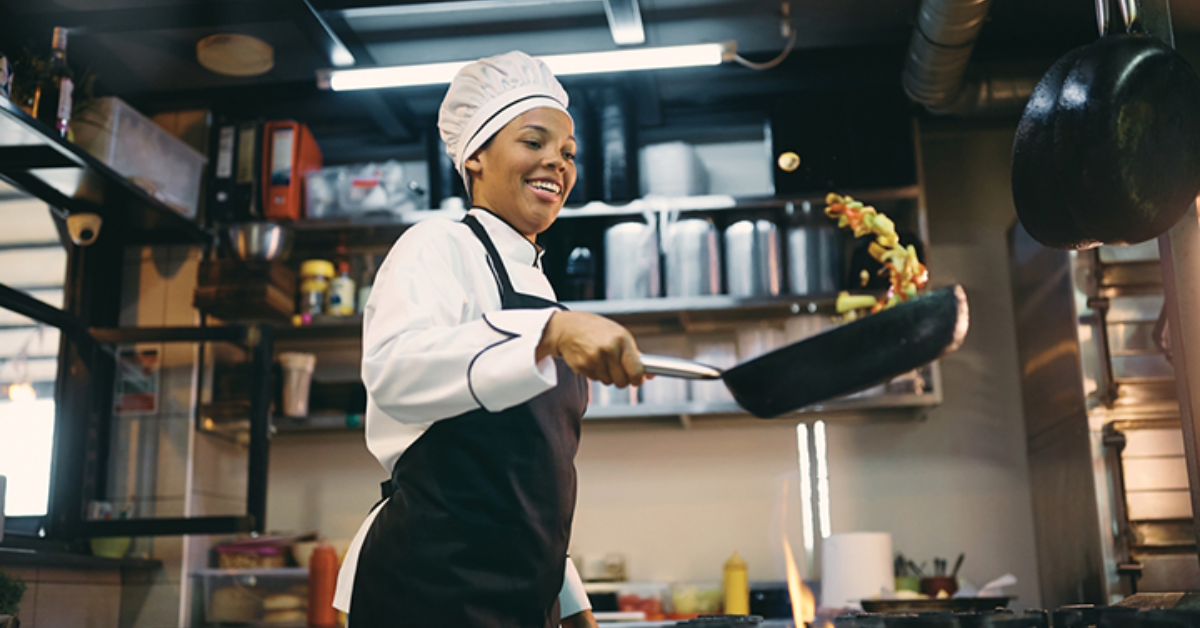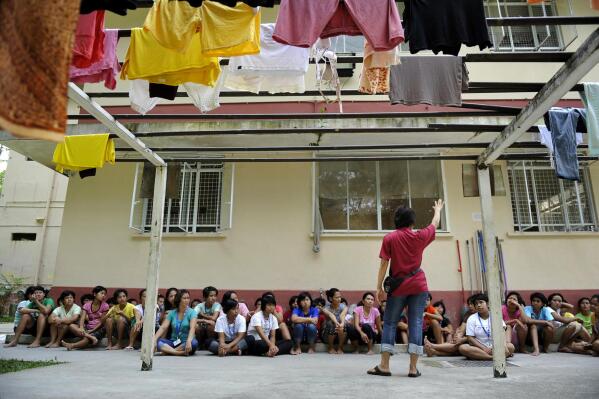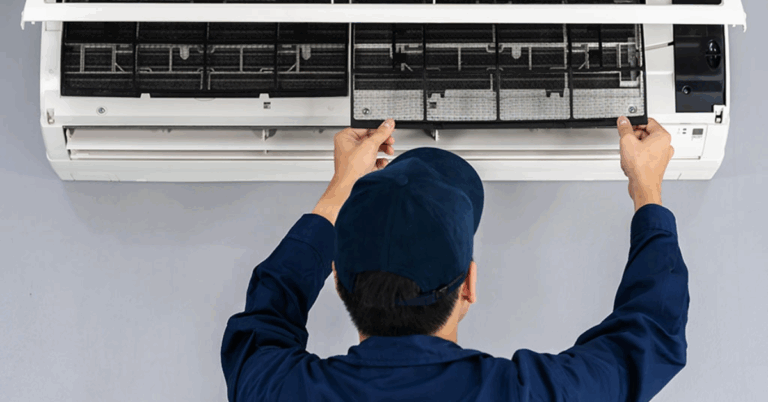Food Hygiene Certificate – Comply with Singapore’s Food Safety Standards
In Singapore’s fast-paced food and beverage industry, ensuring safety and compliance isn’t just a formality—it’s a necessity. Every food handler must undergo proper training, and that begins with a Food Hygiene Course. Whether you’re starting out in the industry or already working in a kitchen, understanding the fundamentals of food safety is the key to protecting not just consumers, but your career as well. The Food Hygiene Course empowers individuals with the critical knowledge to meet the country’s stringent regulations and deliver consistently safe meals to the public.
Singapore’s emphasis on food safety has created a benchmark in the region. Earning a certificate in this area is more than checking a box; it’s a badge of professionalism that opens doors across restaurants, catering services, hawker stalls, and food factories alike. This article will walk you through everything you need to know—from the importance of certification to the user experience, course content, and the benefits it offers long-term.
Why Food Safety Training is Non-Negotiable in Singapore
Singapore’s food safety framework is among the most rigorous globally. The city-state has zero tolerance for foodborne illnesses, and enforcement is strict. Whether you’re a food handler, cleaner, or manager, you play a direct role in maintaining a safe dining environment.
This is where certification steps in. It’s not about compliance for the sake of policy—it’s about understanding how temperature control, cross-contamination, personal hygiene, and cleaning protocols all intersect to prevent health hazards. By mastering these areas, certified workers become assets to their employers and trusted service providers to the public.
Understanding the Mandatory Food Hygiene Framework
The Singapore Food Agency (SFA) mandates that all food handlers must be certified within 14 days of employment. This isn’t optional. And the training isn’t a generic online course—it’s tailored to Singapore’s food safety codes, local practices, and real-world environments.
Those without the certification can’t legally work in food-handling roles, and employers who fail to comply can face hefty penalties. More importantly, failure to comply can lead to food poisoning outbreaks that tarnish business reputations permanently.
What to Expect in the Food Hygiene Training
Course Content That Builds Confidence
The curriculum is designed for practical application. It typically covers:
Introduction to Food Safety – why it matters and how contamination occurs
Personal Hygiene – including hand washing, protective clothing, and behavior standards
Food Handling Practices – receiving, storing, preparing, cooking, and serving food safely
Cleaning and Sanitation – procedures to maintain safe food contact surfaces
Pest Control & Waste Management – minimizing risks from external threats
Legal Requirements – understanding Singapore’s food safety laws and inspection processes
By the end of the course, learners are not only knowledgeable—they’re confident in executing these protocols daily.
Engaging Learning, Not Just a Box to Tick
Contrary to traditional compliance training, this course is interactive and scenario-based. You won’t just memorize hygiene rules—you’ll learn to apply them. From recognizing spoilage signs to identifying hazards in real kitchen layouts, the training bridges the gap between theory and daily tasks.
Participants also benefit from instructors who bring industry experience into the classroom, making the content relatable and easy to absorb, especially for first-timers.
Who Needs the Certification?
Anyone involved in the preparation, handling, or serving of food needs this certification. That includes:
Hawker stall assistants
Restaurant chefs and kitchen hands
Catering staff
Food packers and processors
Baristas, café crew, and delivery kitchen workers
Even dishwashers and cleaners may be required to attend if their duties involve handling clean equipment or contact surfaces. If you’re touching anything that food touches, you’re part of the safety chain.
The Certification Process: Simple, Fast, and Effective
Getting certified is a streamlined process. Here’s what most people can expect:
Register for the Course: Select a recognized training provider.
Attend the Session: Usually 6 to 7 hours, including assessment.
Pass the Assessment: A combination of multiple-choice questions and hands-on demonstrations.
Receive Your Certificate: Often issued digitally within a few days.
The certificate is valid for five years, after which a refresher course is required. This ensures workers stay updated with evolving standards and best practices.
Employers: Why You Should Insist on Certification
It’s a Legal Requirement
Hiring untrained staff is not just risky—it’s illegal. SFA audits can happen any time, and businesses caught non-compliant face warnings, fines, or even suspension of licenses.
It Builds Customer Trust
Would you eat at a restaurant known for lax hygiene? Neither would your customers. Certified staff signal professionalism and high standards, which can directly influence customer retention and word-of-mouth referrals.
It Reduces Operational Risks
Improper food handling leads to spoilage, waste, and health risks. Certified employees understand how to prevent these issues, saving time and costs in the long run.







